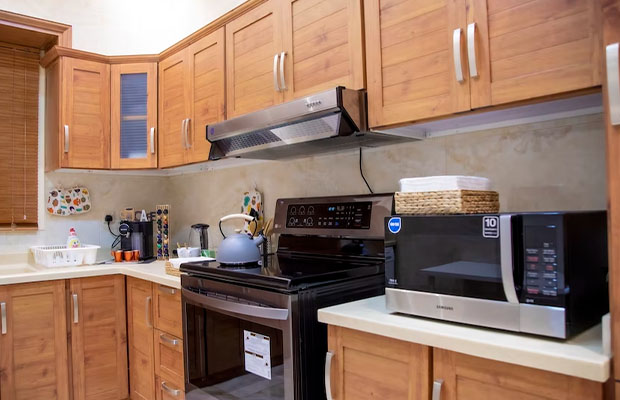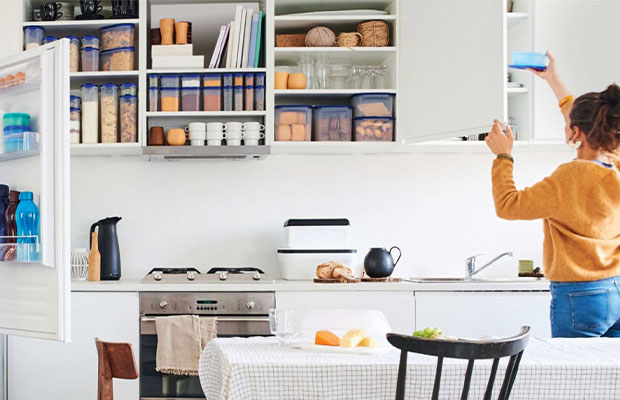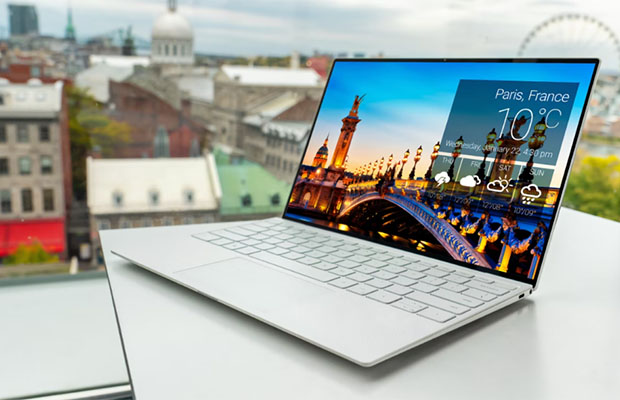Since 1945, Tupperware has been around. This premium product line has undergone numerous changes since it was created to make it possible to avoid using disposable containers.
The microwave is one of the contemporary devices made to simplify our lives. You can quickly prepare a hot, savory meal from cold food. Can Tupperware be microwaved?
Not all Tupperware plastic containers can be heated in a microwave. Look for a label indicating the specific product’s microwave ability at the bottom of the container. Follow the manufacturer’s instructions on the label, though, to find out how long and at what temperature it can be heated.
Continue reading for answers to frequently asked questions about whether or not your Tupperware is microwave safe.
Table of Contents
Can You Microwave Tupperware?
My general concern about using plastic in the microwave has led me down a rabbit hole of research. It appears that all Tupperware containers are safe to use in the microwave and can be used without concern.
Despite the fact that Tupperware items are made of plastic, none of them are microwave safe.
To determine which of their products are safe for microwaves, Tupperware has put them through extensive testing. They even claim that food stored in Tupperware items designed for the microwave is safe to be heated in the microwave.
when you avoid overheating or prolonged reheating meals in a microwave.
You May Also Like: How To Set Clock On Samsung Microwave?

Can Tupperware With A Lid On Be Microwaved?
Food heated in a covered pan with steam is heated more quickly, more evenly, and without the risk of drying out when microwaved.
Specially created lids and seals with a steam-vent feature are available on certain microwave-safe Tupperware brands. To use sealed containers in the microwave, you must first open the vent.
While the food should be covered, the lid shouldn’t be airtight. When you reopen the container with a tightly sealed lid, you run the risk of a catastrophic explosion of food and potentially lethal levels of steam.
How Sevure Is Tupperware?
The Tupperware website states that all of their product lines, including their food storage containers and cooking oil containers, don’t contain any potentially harmful substances like BPA or polyethylene terephthalate. But is it true?
According to my research, even though Tupperware has sold BPA-free products in the US and Canada since March 2010, some of its food storage containers still use polycarbonate (plastic #7), which has been shown to cause BPA to leak into food after prolonged use.
Check out the chart of plastic types on Tupperware’s website and read the product descriptions to make sure you’re purchasing the safest products possible.
How To Tell If My Tupperware Is Microwave-safe?
Before microwaving, Tupperware products must be safety-tested. Commercial manufacturers have access to a wide range of materials, but are they using the right plastics for exposure to high heat?
My worries about microwave-safe Tupperware containers are as follows:
- Plastic leaching harmful chemicals into food
- Plastic melting in the microwave
The Tupperware brand has provided a thorough plastics chart to inform customers about the “Resin ID Codes” used in their plastic container products to help lessen their concern about microwaving.
The only suggested way to confirm this is to see if the plastic containers have the following indications:
- Microwave logo with 3 wavy lines inside
- Microwave safe label
- 3 to 5 wavy lines
Verify the Tupperware container’s underside for the presence of the three wavy lines signifying that it is microwave safe. It is advised to avoid using plastic Tupperware in your microwave if it has no lines and/or no label or symbol designating that it is microwave safe.
Although many Tupperware products aren’t designed for cooking, the company has produced a huge selection of BPA-free, microwave-safe containers.
In addition, if the plastic container has the designation #5, it is made of polypropylene, making it microwave-safe.
How Long Can Tupperware Be Microwaved?
For their plastic container products, Tupperware Company advises methodical microwave use. Systematic refers to avoiding overheating or reheating food for an extended period of time, especially food that contains a lot of sugar or fat.
The potential issue is that such meals might be so hot that they would damage your container. The boiling point of water is 100°C or 212°F, but fat and sugar have higher heat limits.
Tupperware should only be used for reheating and defrosting food. Not recommended for use in cooking are plastic containers.
The company also specifies on the label that the container should only be reheated in intervals of no more than 3 minutes. Consider stopping the microwave at a predetermined time, stirring the food, and then restarting the process for three minutes if your meal requires longer heating times.
How To Microwave Tupperware Safely?
The overall level of safety will be impacted by the state of the Tupperware, the food’s composition, and the microwave’s wattage.
The advice provided here will help you microwave your Tupperware safely:
- Boiling water is known to raise the temperature of fatty foods like meat and cheese. Therefore, when reheating such food items, proceed in a methodical and sequential manner.
- If you’re heating or reheating a large amount of food at once, make sure to microwave smaller amounts at a time to lessen the heat’s impact on the container.
- Be aware that not all Tupperware plastic containers are suitable for continuous reheating and are safe to use. Only use Tupperware containers marked as microwave-safe and always check the symbol or label on the bottom before considering reheating in your microwave.
- Avoid reheating meals with the lid off by selecting the Tupperware plastic container with a vent. Food should be microwaved with the lid on and the vent open because it can dry out without one. Pressure will be more easily and smoothly able to release as a result. If there isn’t a vent, you might think about lifting one of the Tupperware container’s corners.
- Microwaves can develop into microbial contamination hotspots. This is due to the fact that they produce erratic heating in the food, resulting in cool and hot spots that help them survive. To evenly distribute the heat throughout the food when reheating, make sure to stir, reheat, and keep stirring.
- The temperature needs to be raised to 165 F for leftover food as well. Any bacteria that might cause a foodborne illness will be helped to eradicate by this.
- For your safety, make sure the microwave-safe Tupperware product is phthalate- and BPA-free. However, if your Tupperware is older than ten years, it might not be because newer models are made with safer plastics.
- Do not microwave Tupperware that has cuts, scrapes, or warped edges because the material may be weakened and may no longer be safe to use in a microwave. If the Tupperware is past its prime and has seen better days, it might be time to discard it or put it to other uses.
- Everything will be easier to understand if you follow the safe reheating recommendations made by the manufacturer.
Alternatives To Microwave Reheating Food
You can reheat your food in a variety of ways, including the microwave and other types of containers. In the microwave, for instance, you can use a glass or ceramic dish without being concerned that chemicals will seep into your food. You can reheat food on a stovetop or in a toaster oven as well.
The Bottom Line
One of the most useful additions to your contemporary kitchen is a set of Tupperware microwave containers.
It’s important to understand that not all Tupperware containers can be heated in a microwave. If the plastic container is properly labeled as microwave safe, then comfortably use it as directed.
After looking into the matter a little more, I’ve come to the conclusion that glass and ceramic containers are preferable to plastic Tupperware when it comes to microwave safety.


MOST COMMENTED
How to
How to Clean Homedics Humidifier: Detailed Guide
How to
Are Humidifiers Good for Pneumonia? Complete Guide
How to
Can You Put Drano in a Dishwasher? (Facts & Safe Alternative)
How to
How to Turn Subtitles on Or Off on Peacock TV: 2023 Guide
How to
How to Get Rid of Hollow Arrow on iPhone? 2 Simple Ways
How to
How to Mirror iPhone to TV Without WiFi: Complete Guide
Computers, Tablets & Printers
The 5 Best Printers for Cricut in 2022